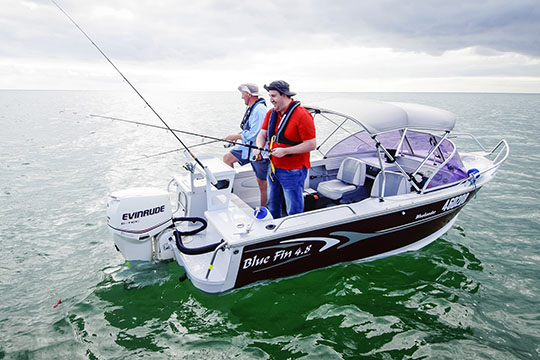Carrying and wearing lifejackets
Lifejackets, sometimes called personal flotation devices (PFD), are an essential item of marine safety equipment.
The lifejacket you need and when you must wear it depends on your vessel, age, location and conditions. If you’re not sure, answer some quick questions to know before you go.
From 1 January 2025, lifejackets must meet Australian Standard (AS) 4758. There are also selected international standard lifejackets that are acceptable. Find acceptable standards for your required lifejacket level below.
Lifejackets that meet older standards including AS 1512, AS 1499 and AS 2260 are no longer acceptable in South Australia.
Boaters could be fined if they wear a lifejacket that does not meet AS 4758 or another acceptable international standard.
There are also selected international standard lifejackets that are acceptable. Find acceptable standards for your required lifejacket level below.
Lifejackets that meet AS 4758:
- have increased buoyancy
- incorporate new technology
- consider advances in lifejacket design and manufacture
- have increased reflectivity
- will display a level 50, 50S, 100, 150+.
Some lifejackets, mostly inflatable, may be in excess of level 150.
Manufacturers advise that the average life of a lifejacket is ten years. Marine environments can deteriorate materials including stitching, webbing and nylon.
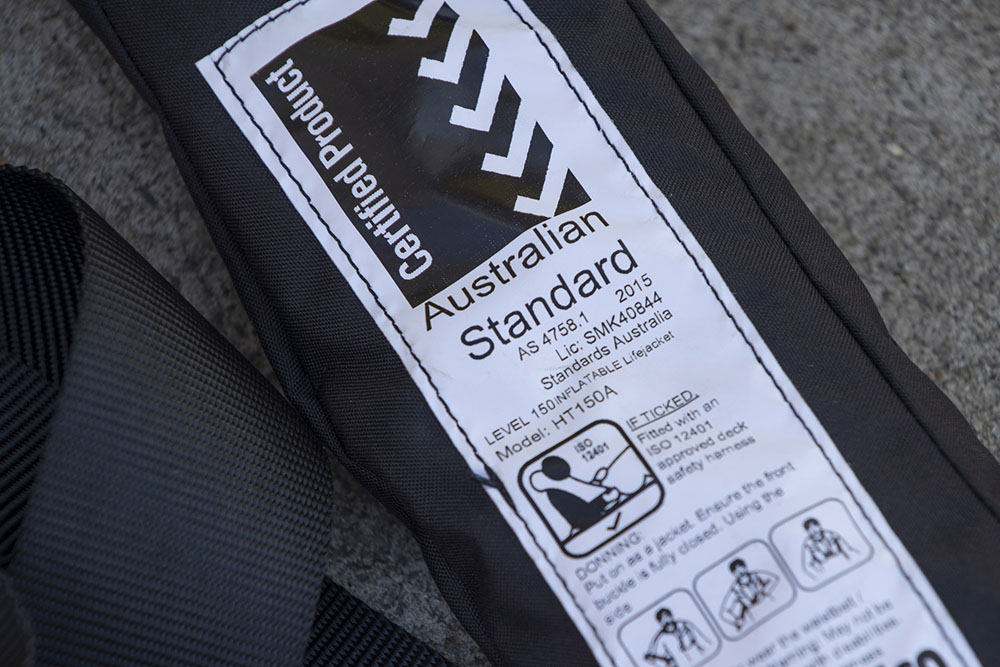
When purchasing a new lifejacket look for one branded with AS 4758
Lifejacket level 100 or higher
A level 100 lifejacket or higher has sufficient flotation to support the body and head. The flotation collar keeps your head above water. Do not use it as a cushion to sit on. They are not permitted for water skiing, aquaplaning, and similar activities. It must comply with one or more of the following standards:
- Australian Standards AS 4758 - Personal flotation devices classified as providing level 100 or level 150 buoyancy (or more). Note: From 1 January 2025 lifejackets that meet Australian Standard AS 1512, are no longer acceptable.
- Appendix R of section 10 of the Uniform Shipping Laws Code
- With a PFD intended for use by adults Canadian General Standards Board CAN/CGSB-65.11-M88; with a PFD intended for use by children CAN/CGSB-65.15-M88
- European Standard EN399-1993 Lifejackets-275N, EN396-1993 Lifejackets-150N, or EN395-1993 Lifejackets-100N
- International Organization for Standardization ISO 12402-2, ISO 12402-3, or ISO 12402-4
- Underwriters Laboratories Standards UL1180 Fully inflatable recreational personal flotation devices
- New Zealand Standard NZ5823:2001 Type 401
- Australian Maritime Safety Authority Marine Orders Part 25 related to the type of lifejackets required to be carried on Australian registered ships.

Both these lifejackets are Level 100 or higher
Inflatable lifejackets (level 100 or higher)
Inflatable lifejackets must meet the same standards as a level 100 or higher lifejacket. See Lifejacket level 100 or higher section above for detail.
They are generally level 150 or higher. Once inflated they have sufficient flotation to support the body and head.
They are not permitted for water skiing, aquaplaning, personal watercraft operation and similar activities.
Inflatable lifejackets use carbon dioxide (CO2) for buoyancy, which makes them lighter and less bulky than a traditional foam style lifejacket and the lifejacket of choice for many boaters. The user can hardly feel the lifejacket when wearing it.
They are inflated manually, by pulling a tab, or automatically when they come into contact with water. Excess spray can accidentally activate an auto-inflating lifejacket.
Children who are 12 years old or younger or who weigh less than 40 kg can now also wear inflatable lifejackets if they are designed to inflate automatically.
Inflatable lifejackets require more maintenance than a traditional lifejacket, so only buy one if you have time to service it yourself in line with manufacturer’s recommendations (generally once a year) or are happy to pay someone to service it for you. Visit the looking after your lifejacket page for tips on servicing your inflatable lifejacket.
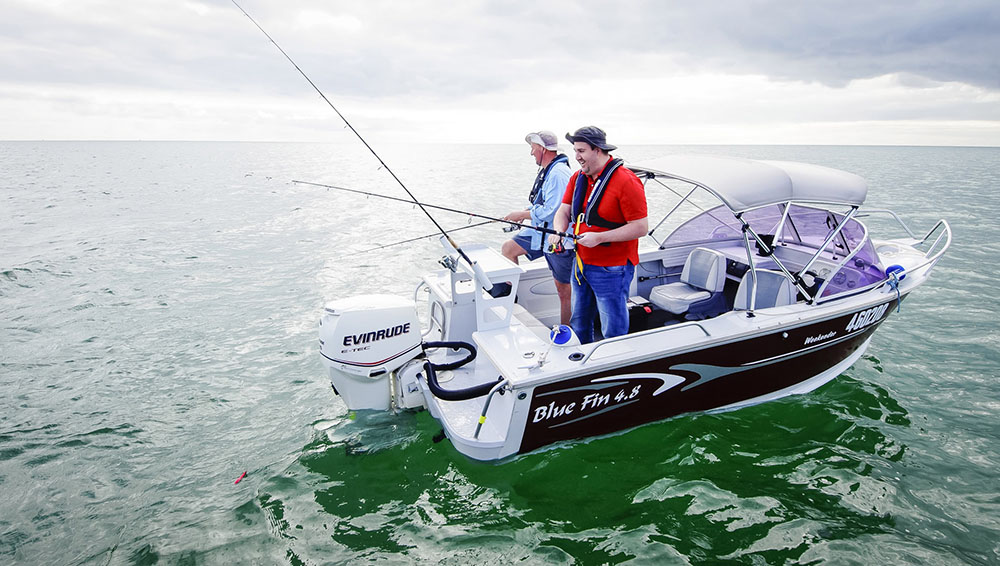
Inflatable lifejackets are light weight and easy to wear
Lifejacket level 50
A level 50 lifejacket has less flotation than a level 100 lifejacket, with flotation panels front and back only. Is less restrictive to wear than level 100 lifejacket or higher, but will not keep your head above water if you are unconscious. A level 50 lifejacket is suitable for use for sports such as water skiing, sailboarding, kiteboarding and sailing dinghies. It must comply with one or more of the following standards:
- Australian Standard AS 4758 - Personal flotation devices classified as providing level 50 buoyancy. Note: From 1 January 2025 lifejackets that meet Australian Standard AS 1499, are no longer acceptable.
- European Standard EN393-1993 Lifejackets-50N.
- International Organization for Standardization ISO 12402-5.
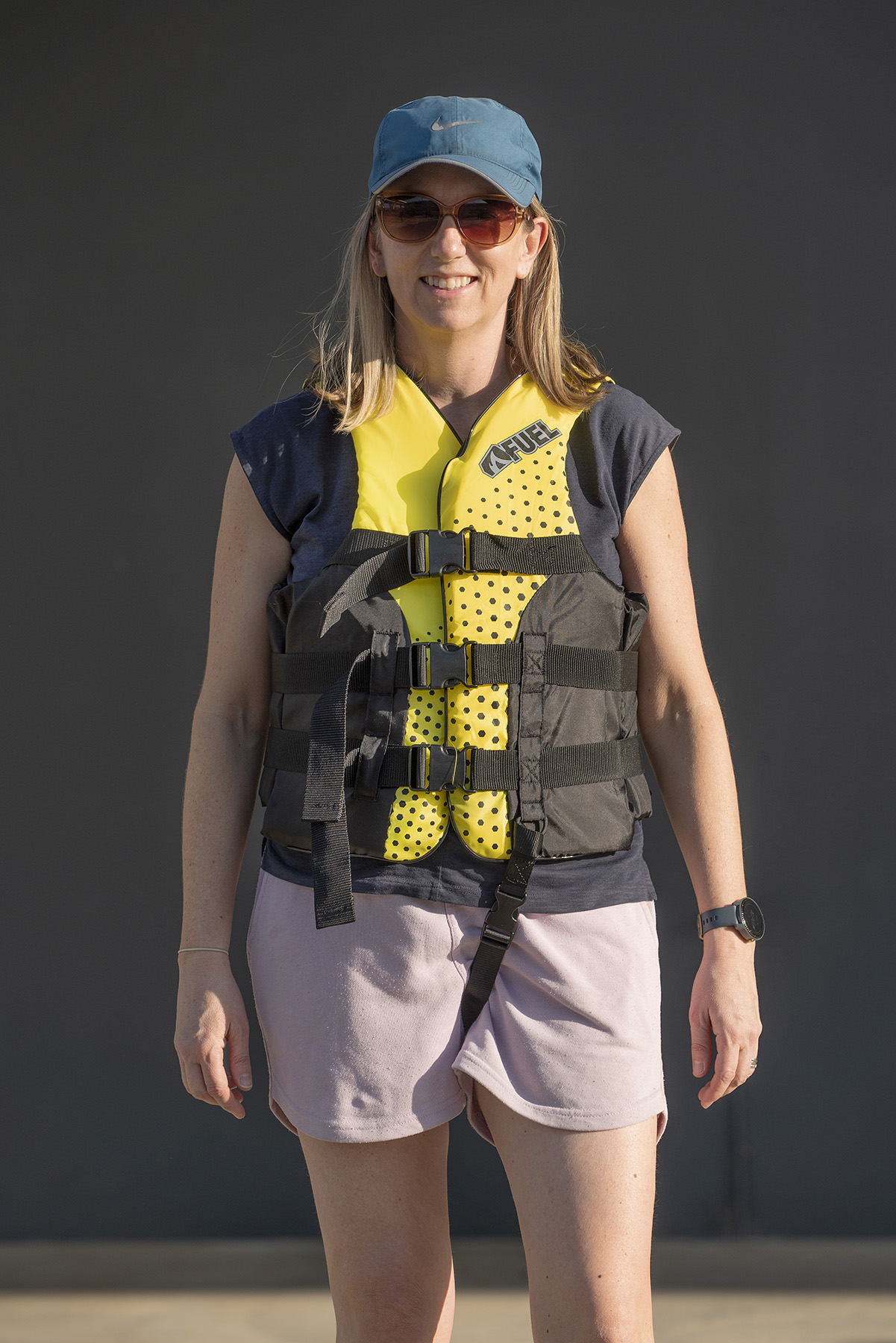
Lifejacket level 50S
Similar to level 50 lifejacket, a level 50S lifejacket doesn't meet the Australian Standards Association colour standards. These are designed for high-speed water sports such as water skiing, aqua-planing, operating personal watercraft (PWC), and sailboarding. It must comply with one or more of the following standards:
Australian Standard AS 4758: Personal flotation devices in relation to a PFD classified as providing level 50 special purpose (50S) buoyancy. Note: From 1 January 2025 lifejackets that meet Australian Standard AS 2260, are no longer acceptable.
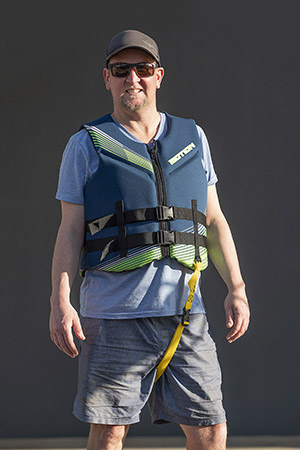
SOLAS (safety of life at sea) lifejacket
A very bulky lifejacket, designed to keep the body afloat for long periods. Has a light and whistle attached to attract attention. Carried by commercial vessels and recommended for use on larger vessels operating far offshore. SOLAS lifejackets must comply with the requirements of the Australian Maritime Safety Authority Marine Orders Part 25 related to the type of lifejackets required to be carried on Australian registered ships and domestic commercial vessels.
Coastal lifejacket
This multi-fit lifejacket has more flotation than a lifejacket level 100 or above. It has a whistle attached for attracting attention. It is recommended for use on larger vessels operating far offshore. Coastal lifejackets must comply with the requirements of the Australian Maritime Safety Authority Marine Orders Part 25 related to the type of lifejackets required to be carried on Australian registered ships and domestic commercial vessels.
Wearing lifejackets on motor boats that are 4.8 metres or less in length
Everyone on board must wear a lifejacket at all times when the vessel is underway or at anchor (lifejacket level depends on where you are operating).
Wearing lifejackets on boats 4.8 metres to 12 metres in length (with or without an engine)
When in an open area of a vessel, the following lifejacket wear requirements apply when the vessel is underway or at anchor:
- Children who are 12 years old or younger must wear a lifejacket at all times (lifejacket level depends on where you are operating).
- In circumstances of heightened risk, all occupants must wear a lifejacket level 50 or 50S or higher in semi-protected or protected waters and must wear a lifejacket level 100 or higher in unprotected waters.
Circumstances of heightened risk are:
- when operating alone
- when operating only accompanied by a child, or children, who is 12 years old or younger
- when operating after sunset or before sunrise
- when the boat is disabled
- when crossing an ocean bar
- at times of restricted visibility
- when in an area subject to a gale, storm force, hurricane-force wind, severe thunderstorm or severe weather warning issued by the Bureau of Meteorology (BOM).
